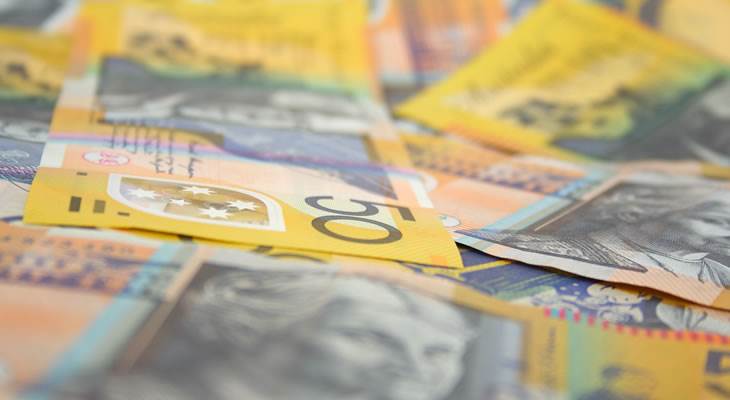 The Reserve Bank of Australia’s governor Phillip Lowe recently gave a speech at the AusPayNet Summit in Sidney, followed by audience questions. During his speech, he essentially refrained from speaking about the current state of the Australian economy and focused on payment systems and the digital economy instead. However, during the audience questions, traders and analysts had an opportunity to get a clear assessment from Lowe regarding how and where he sees the Australian economy going.
The Reserve Bank of Australia’s governor Phillip Lowe recently gave a speech at the AusPayNet Summit in Sidney, followed by audience questions. During his speech, he essentially refrained from speaking about the current state of the Australian economy and focused on payment systems and the digital economy instead. However, during the audience questions, traders and analysts had an opportunity to get a clear assessment from Lowe regarding how and where he sees the Australian economy going.
When making a reference about the recently released Australian GDP figure, Lowe said that the outcome was in line with the RBA's expectations. Australia's GDP rose 0.4 percent in the third quarter after increasing 0.6 percent on the previous period and missing analyst expectations of a 0.5 percent increase.
Despite still being in the positive zone, the Australian economic growth is concerning, especially if we take living standards into account. Despite being in a relatively good position in terms of GDP growth, GDP per capita growth has been underperforming compared to other developed countries. This is due to the fact that the government seems to be currently aiming to sustain a positive economic growth based on an increasing population due to a rising immigration influx (overseas immigration accounts for 61.4 percent of last year's population growth), instead of focusing on aiding other factors, like the productivity level.
More relevant to the discussion are the consumption levels. Consumer spending went up 0.1 percent in the third quarter of 2019, the worst figure since the 2008 global economic crisis. This is disappointing given the latest income tax cuts, which were expected to boost consumption and impact other indicators. Instead, Australians saw during the second half of 2019 a disappointing retail sector performance and job creation figures and a weak (year-to-year 0.5 percent increase) real wages growth.
Nevertheless, Lowe still claimed that they expect extra spending in the upcoming months as the effects of the tax rebates are yet to be seen since it the impacts of the stimulus may be taking longer than expected. He also remarked that the latest consumption figures don't have a particular message for the future.
Deciding whether is true or not that we will eventually see the effects of those tax rebates is beyond the scope of this article, however, we know that despite Lowe’s somewhat hawkish comments, the AUD/USD barely reacted to them, as it has been bearish this week while showing relatively low volatility.
We could also add that despite (historically speaking) being very sensitive to declarations like Lowe’s, investors don't ignore the reality that the economic figures are showing us. They also don’t ignore the fact that despite recently leaving the cash rate unchanged at 0.75, percent the Reserve Bank of Australia may bring it down to 0.5 percent on its next meeting.
Still, we should remember that 38 percent of Australian exports end up in China, turning the AUD into a proxy for Chinese economic health, and that there is currently no indication of whether or not the trade war between the United States and China will end soon or will be extended to create further complications for the global economy.
